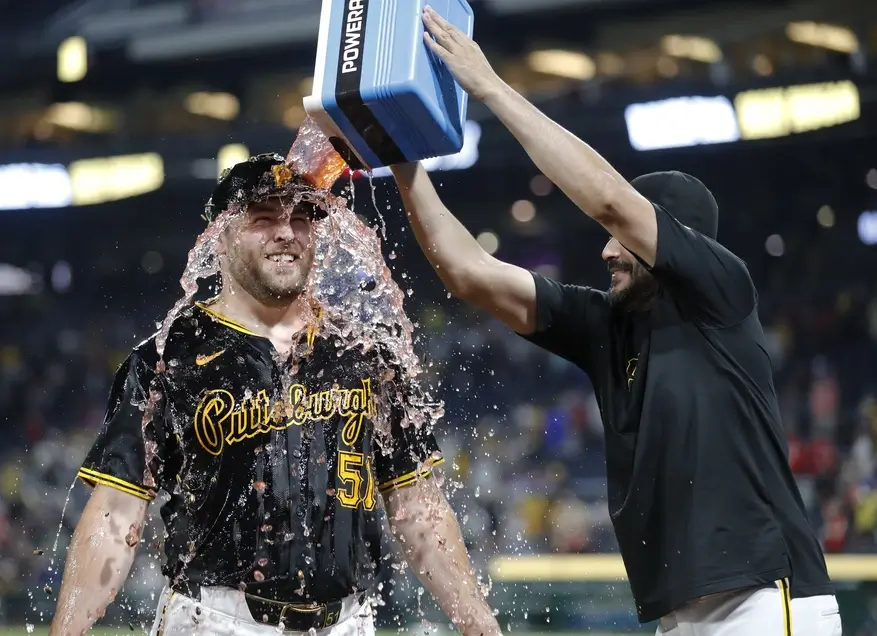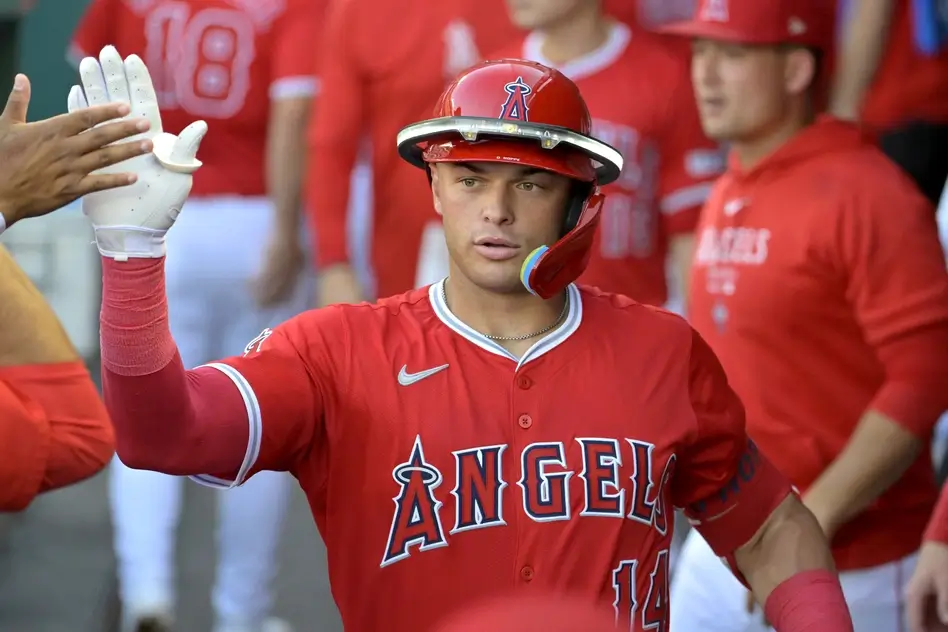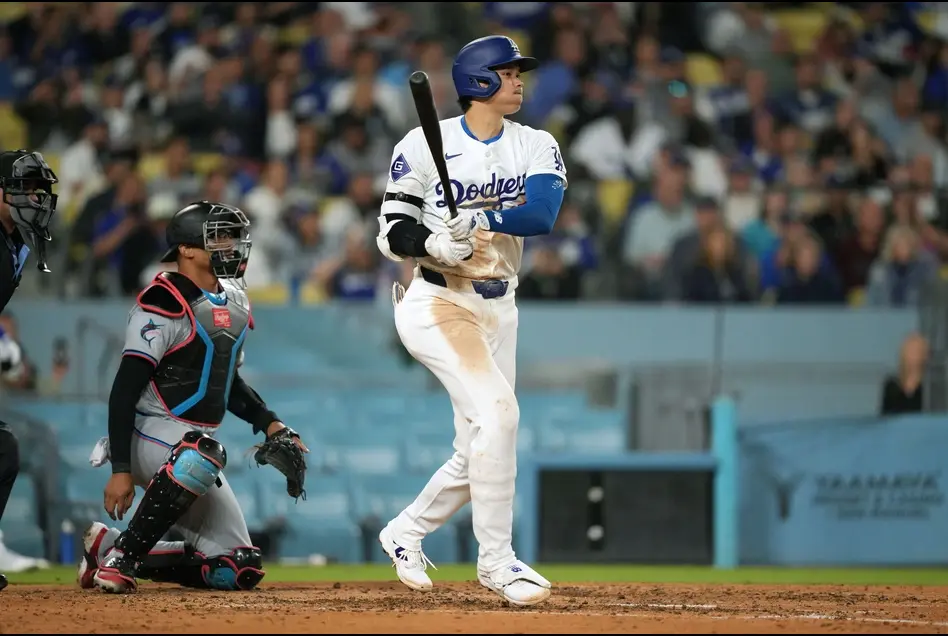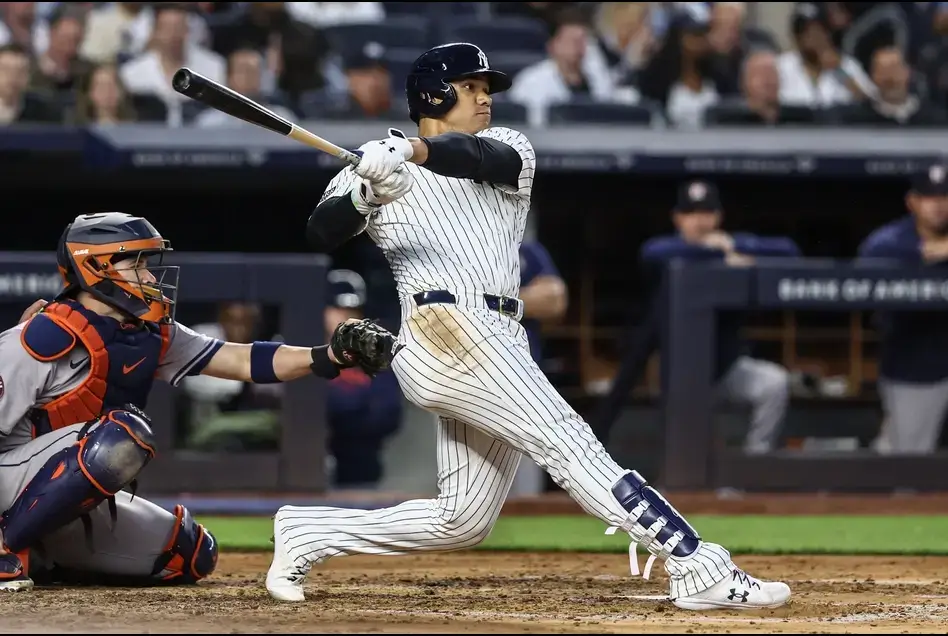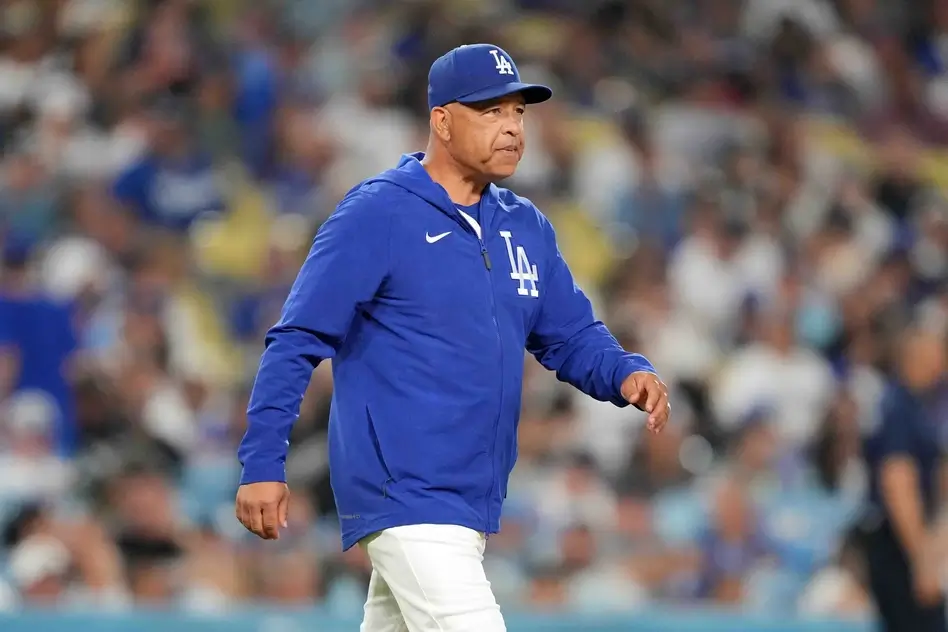The New York Yankees franchise owns a reputation unrivalled in sports for bankrolling victories and championships. However, since the death of their long-time owner George Steinbrenner III that coincided with a 10-year championship drought, Brian Cashman has evolved into one of the savviest general managers in the business.
Although the Yankees remain in the top five in payroll they have constructed a formidable team. It is mostly comprised of affordable talent as they have acted with restraint in recent years when big name free agents have become available.
There have been three main reasons for this change in approach. Firstly, through the 2011 to 2015 seasons promising young talents were losing opportunities due to expensive veterans playing in their positions in their twilight years. A lack of top prospects was a direct result of the Yankees signing expensive free agents and losing their first round selection (this rule has now changed) or trading these high round picks for veterans.
Secondly, the 50% penalty the Yankees paid regularly on every dollar exceeding the salary cap was directly fed to division and market rivals. Cashman made it clear that his office believed it was clear these payments were improving opponents.
Finally, the assumed effectiveness of the old norm of buying veterans was eroded by the developments in sabermetric analytics as it changed the value of players. Value was placed on younger, more athletic players who owned skills such as taking walks, defensive range and batted ball velocity. Hal, George’s son, embraced this new emphasis on youth, and the Baby Bombers were born.
One of the first trades that opened Yankee fans’ eyes was the deal to replace long-time captain Derek Jeter with Didi Gregorius in 2015.
The light hitting shortstop was traded for a once promising rookie Shane Greene. Analytics suggested Gregorius would become a solid hitter and two years later he had one of the best offensive years a Yankee shortstop has ever had.
Smart trades became a regularity at this time and when, after a disappointing start to the season Cashman traded star closer Aroldis Chapman to the Cubs in their historic postseason push, the Yankees received Gleyber Torres who was, and still is, widely considered the best 22 year old player in the majors.
He was an All Star in his first season.
Aaron Hicks, a light hitting center fielder, was also acquired for 3rd choice catcher John Ryan Murphy. As of 2019 Murphy is still a replacement player, Hicks is unanimously the second best center fielder in the American League, behind only phenom Mike Trout.
The final noteworthy move is probably the best trade of 2018. Struggling reliever Chasen Shreve was flipped for Luke Voit, an unwanted first baseman in St. Louis. Voit immediately won player of the week awards and was unlucky to not be named a 2019 All-Star.
After the Yankees declined to resign veteran Nick Swisher for 2013, Aaron Judge was selected as their compensation for losing him to Cleveland. This combination of newfound restraint and successful scouting landed them their current team leader and face of their franchise. More recently the Yankees have taken advantage of their new pool of drafted talent with a number of exciting trades.
Current and direct evidence of this surplus talent being flipped for “everyday” players can be seen in the additions of pitchers James Paxton and Tommy Kahnle.
Free agent signings
The Yankees have two undervalued free agent signings. C.C Sabathia’s 8-million-dollar deal took advantage of the context of his retirement and provided them with an affordable starter. Sabathia was before this year one of the aforementioned veterans earning considerably more salary than their production warranted. D.J LeMahieu at 2 years $24 million must be considered the best free agent signing of the season. Considering his All-Star performances, including his .478 batting average with runners in scoring position, he has been invaluable.
Do not be entirely fooled, the Yankees will still flex their financial might when the deal is right. They will not chase Bryce Harpers and Manny Machados at $300 million, not because they can’t but because statistically it is not worth it.
Signings such as Giancarlo Stanton who they still owe north of $200million to, and starter Masahiro Tanaka for $155 million in 2014 demonstrate an ability many other teams do not have.
Their focus has more recently been surprising on relievers in free agency. The expensive signing of Adam Ottavino, and the resigning of Zack Britton and Aroldis Chapman is irregular as many teams place less value in pitchers who throw less innings and are statistically inconsistent year to year. This strategy has provided the Yankees with the best bullpen in baseball, capable of ending games well before the 9th inning.
An honourable mention must go to their international scouting. The department saw through both Gary Sanchez and Luis Severino’s undervalued scouting reports to sign two future All-Stars.
The final years of Mark Teixeira, Alex Rodriguez, Curtis Granderson and Vernon Wells will bring bad memories for many Yankee fans who would also remember how their contracts only allowed below average players to play around them. Although the Yankee budget still maxes out the luxury tax threshold, it is refreshing to see so many young, affordable fan favourites who will only ever don pinstripes in their career.
Brian Cashman, I salute you!



